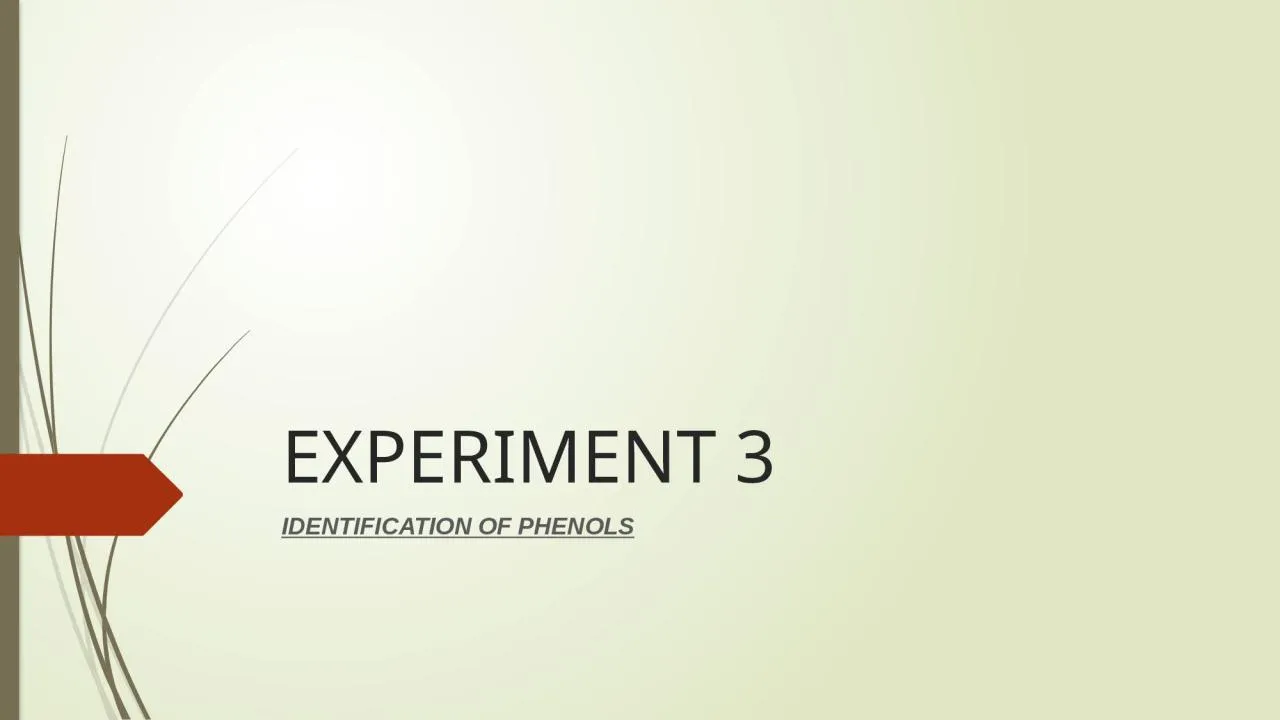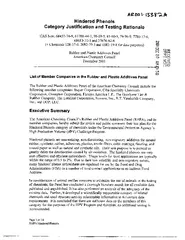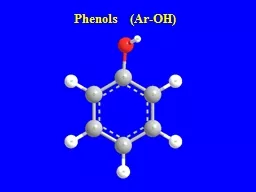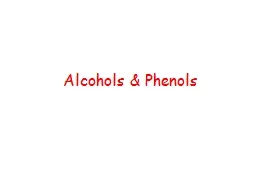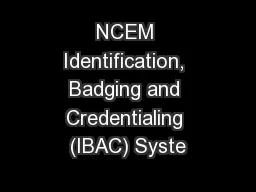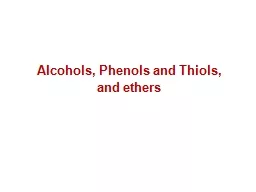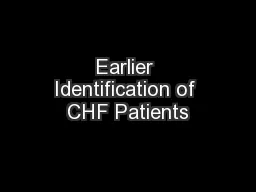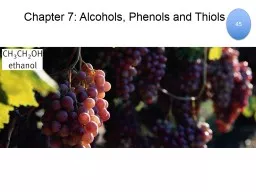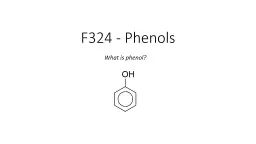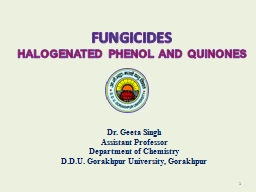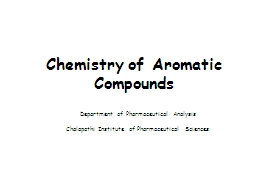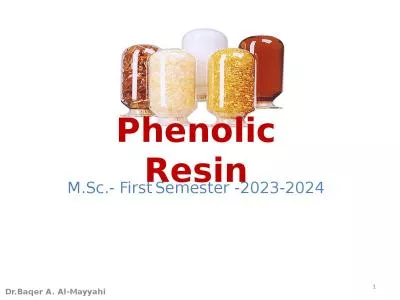PPT-EXPERIMENT 3 IDENTIFICATION OF PHENOLS
Author : unita | Published Date : 2022-06-01
Phenols are organic compounds with a hydroxyl group attached directly to an aromatic ring They have the general formula Ar OH Examples of them include phenol hydroquinone
Presentation Embed Code
Download Presentation
Download Presentation The PPT/PDF document "EXPERIMENT 3 IDENTIFICATION OF PHENOLS" is the property of its rightful owner. Permission is granted to download and print the materials on this website for personal, non-commercial use only, and to display it on your personal computer provided you do not modify the materials and that you retain all copyright notices contained in the materials. By downloading content from our website, you accept the terms of this agreement.
EXPERIMENT 3 IDENTIFICATION OF PHENOLS: Transcript
Download Rules Of Document
"EXPERIMENT 3 IDENTIFICATION OF PHENOLS"The content belongs to its owner. You may download and print it for personal use, without modification, and keep all copyright notices. By downloading, you agree to these terms.
Related Documents

